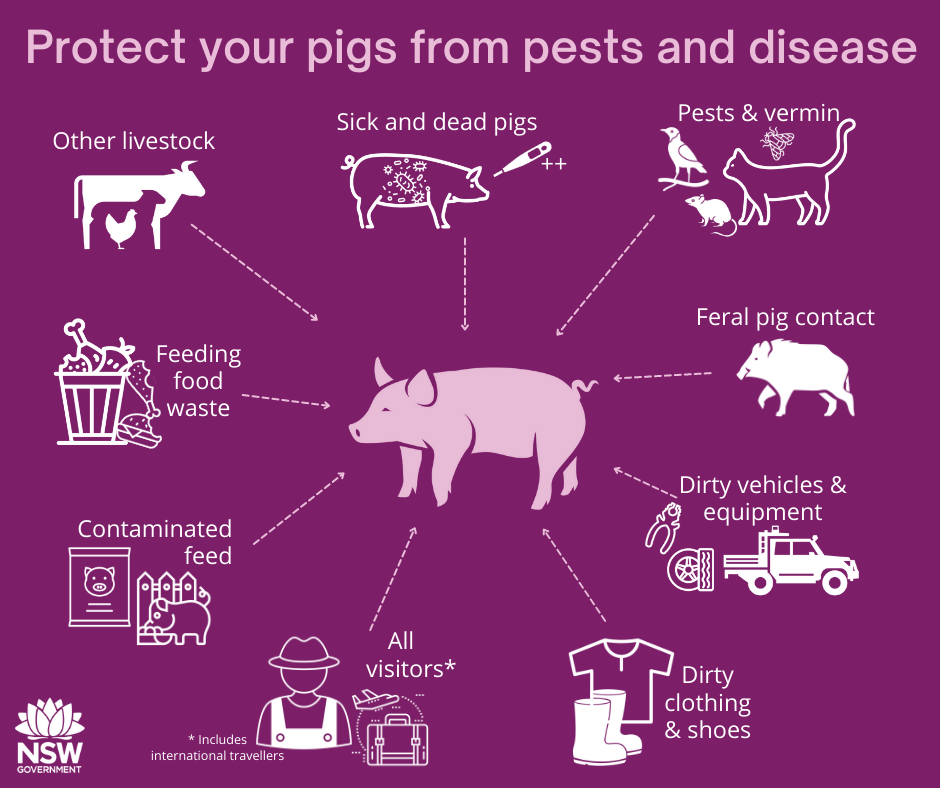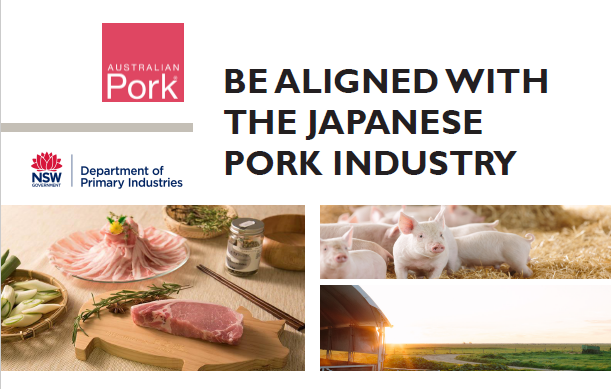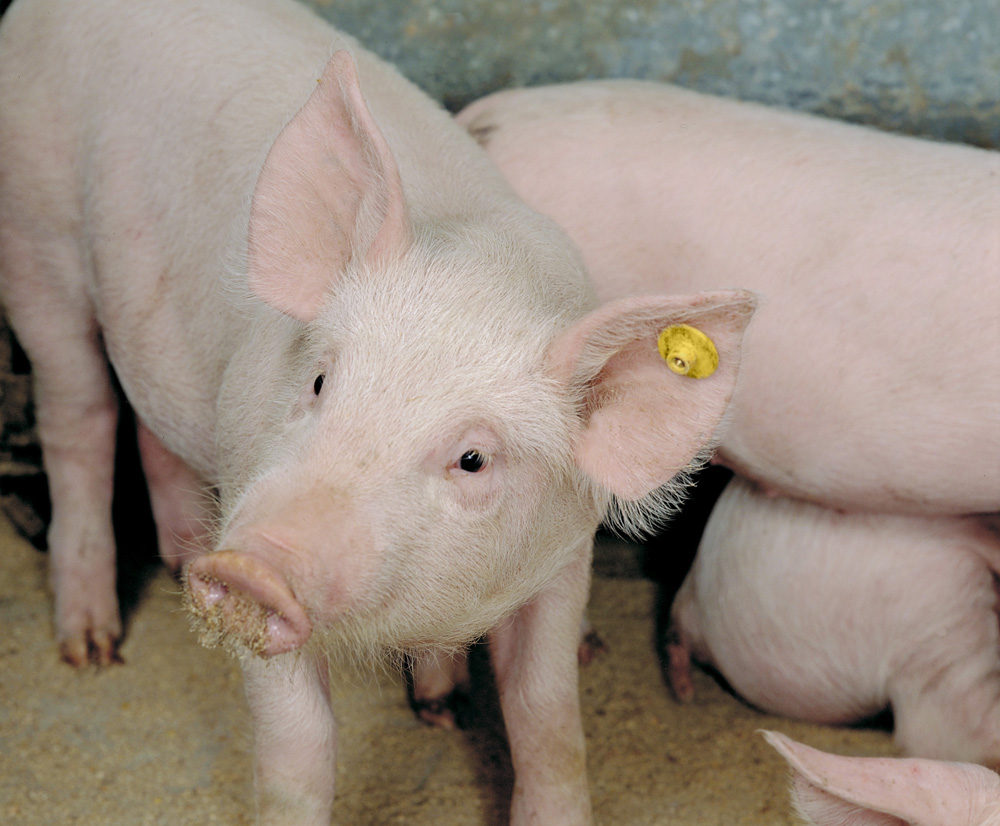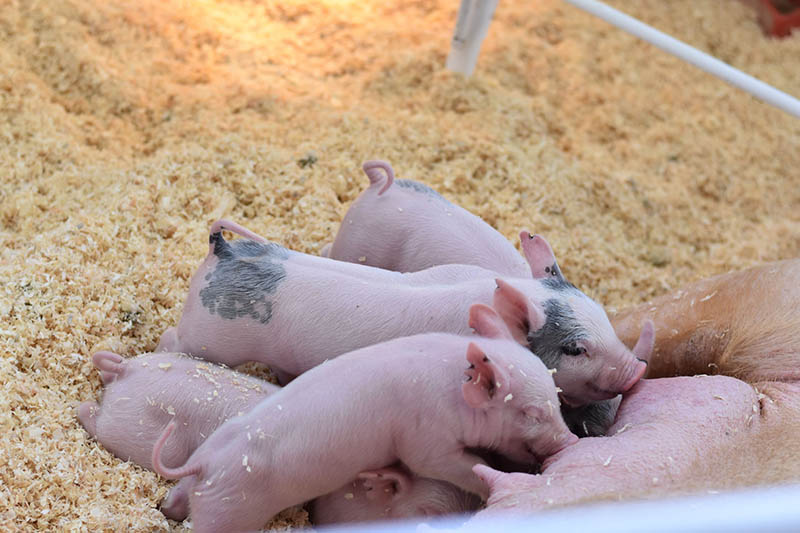African Swine Fever (ASF) remains a key factor in global pork and animal protein markets. China’s herd rebuilding from the ASF pandemic is continuing but with some volatile market impacts in China as new regional outbreaks are identified and managed. While global pork production is expected to increase 9% in 2021 compared to the previous year, production remains 7% lower than the pre-ASF production of 2018 and is limiting any price decreases that would otherwise be anticipated from increased supply. However, in the medium term, as global supply of pork continues to build this is expected to cap pork prices.
Domestically, improved grain growing conditions in Australia will continue to moderate feed costs for producers compared with the previous drought years. While domestic demand for pork products is further supported by the comparative price advantage of pork over beef and sheep meat in the retail market.






